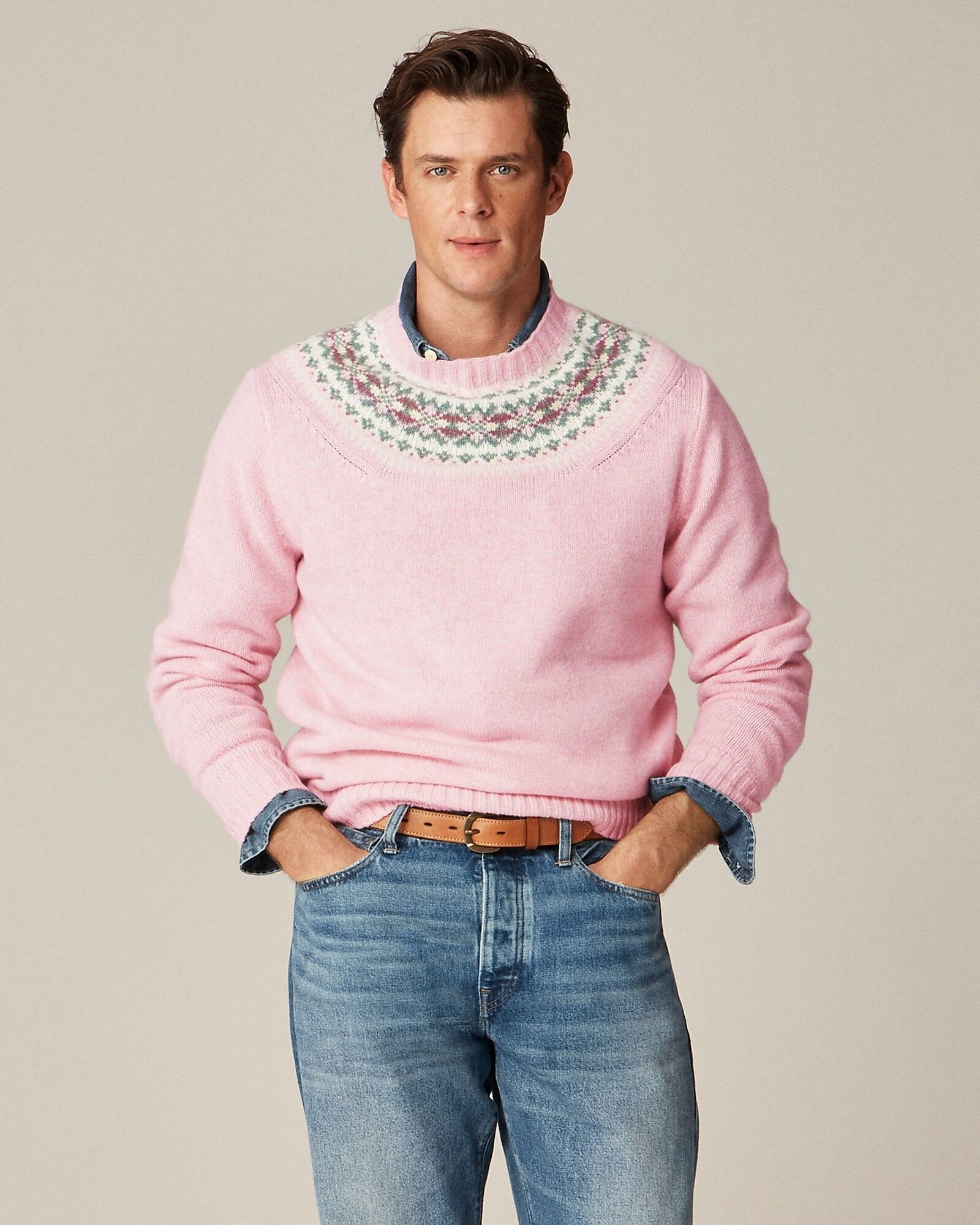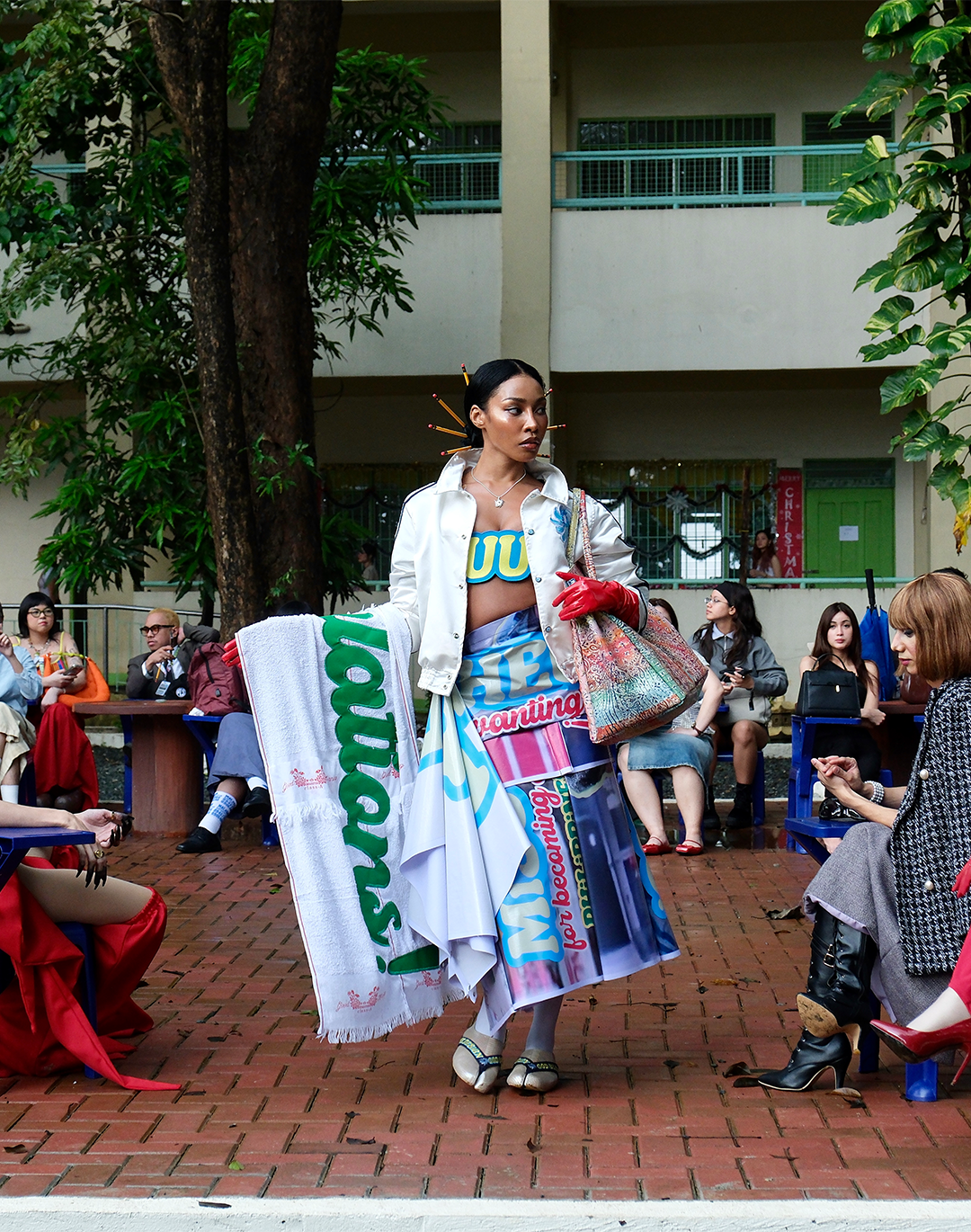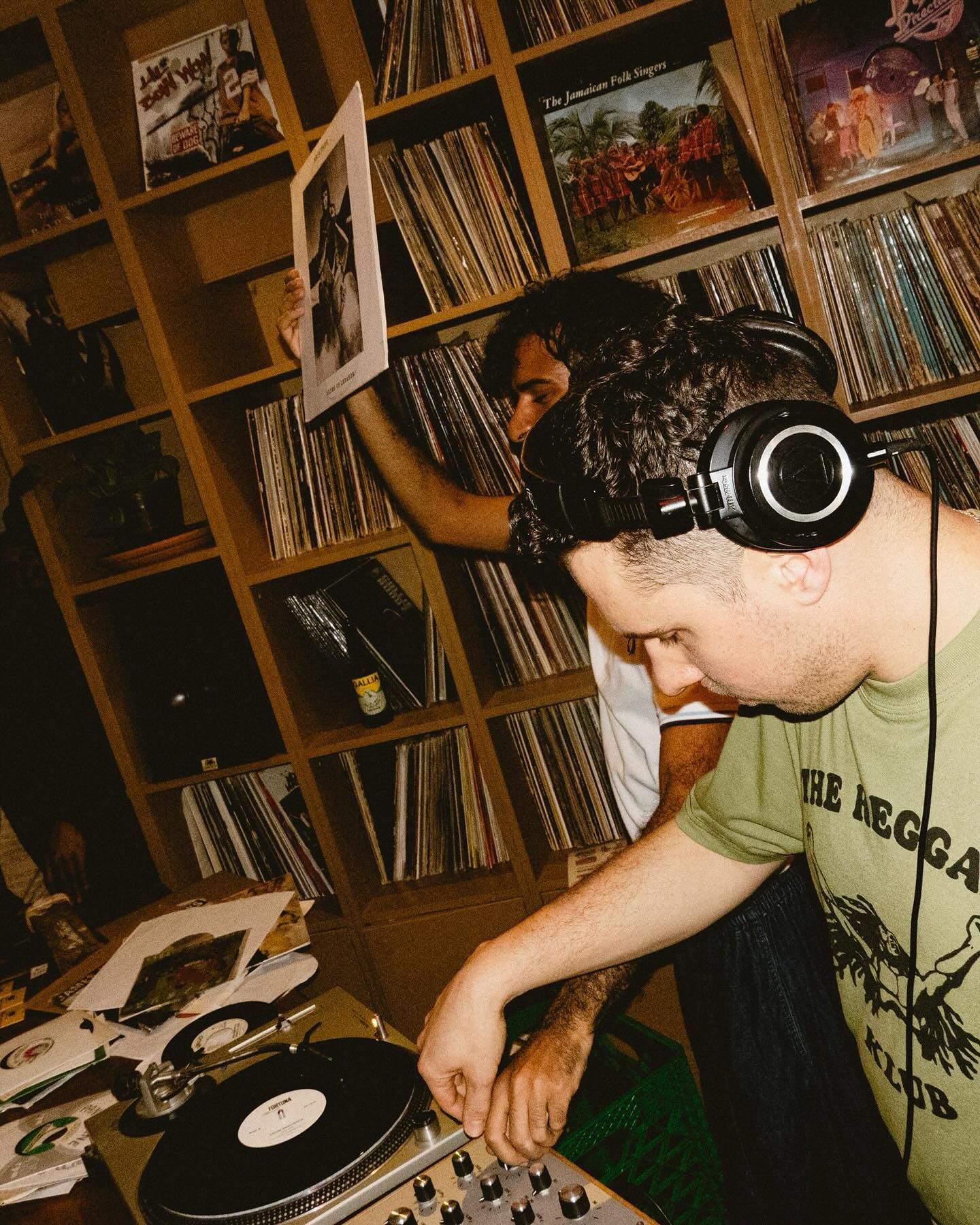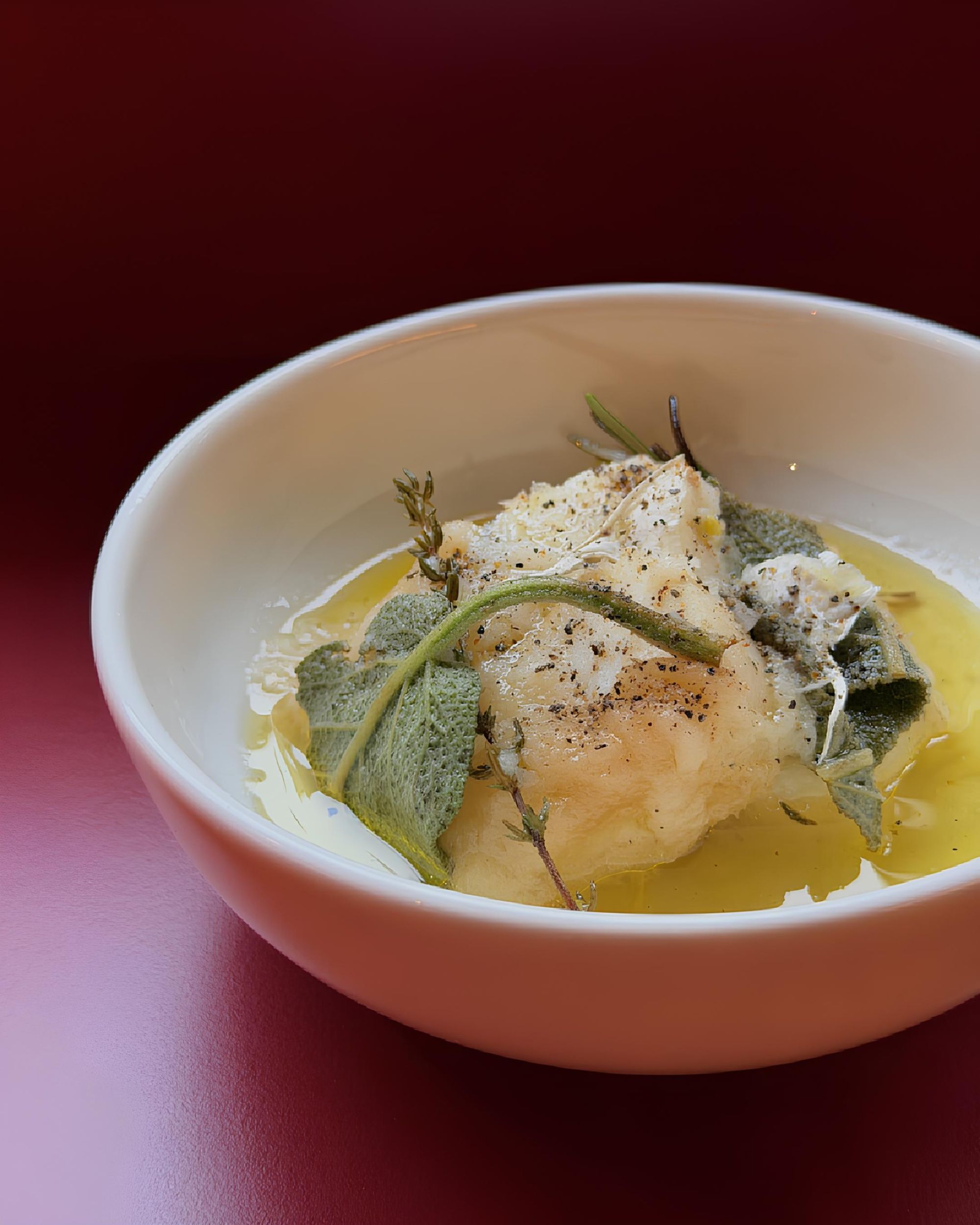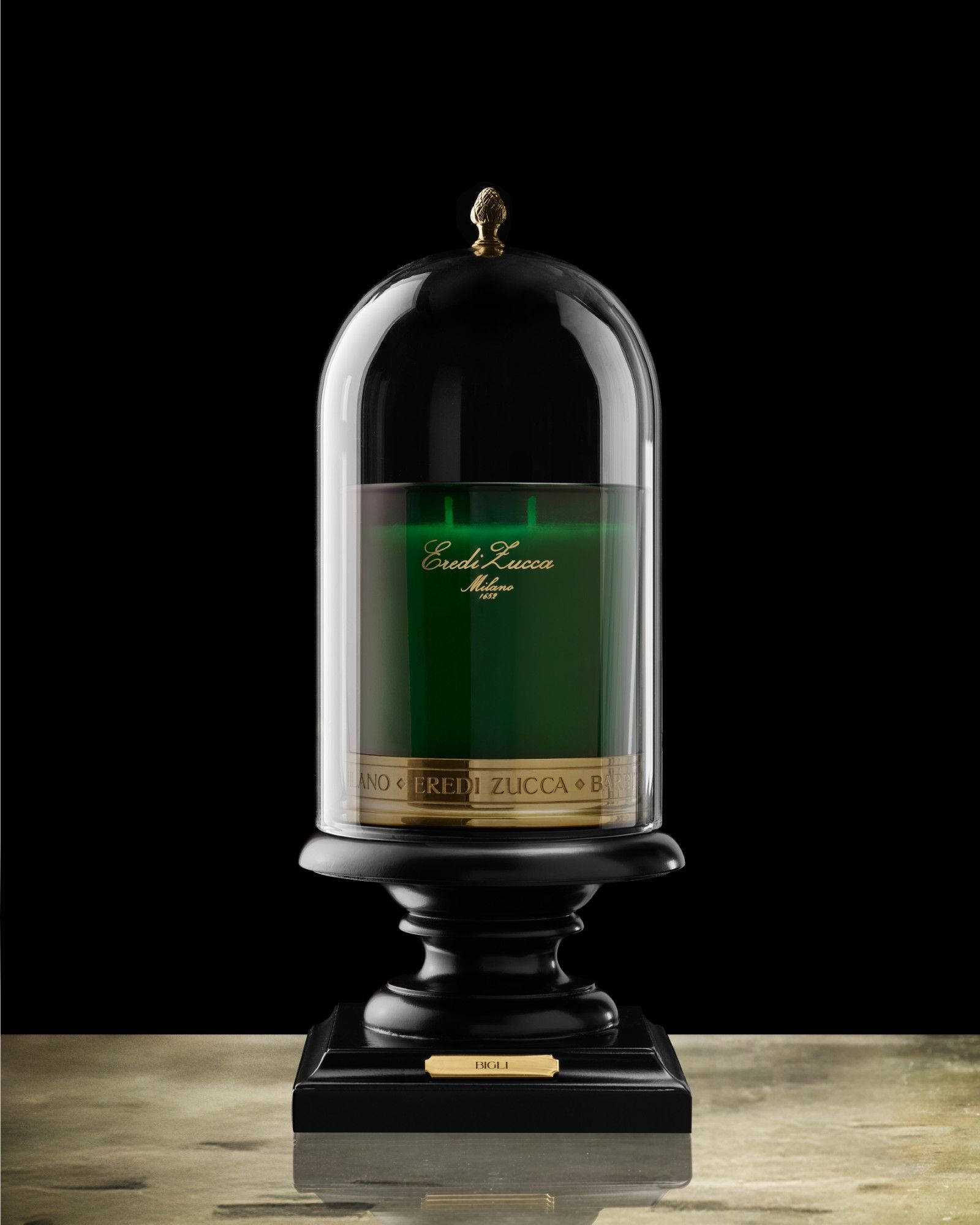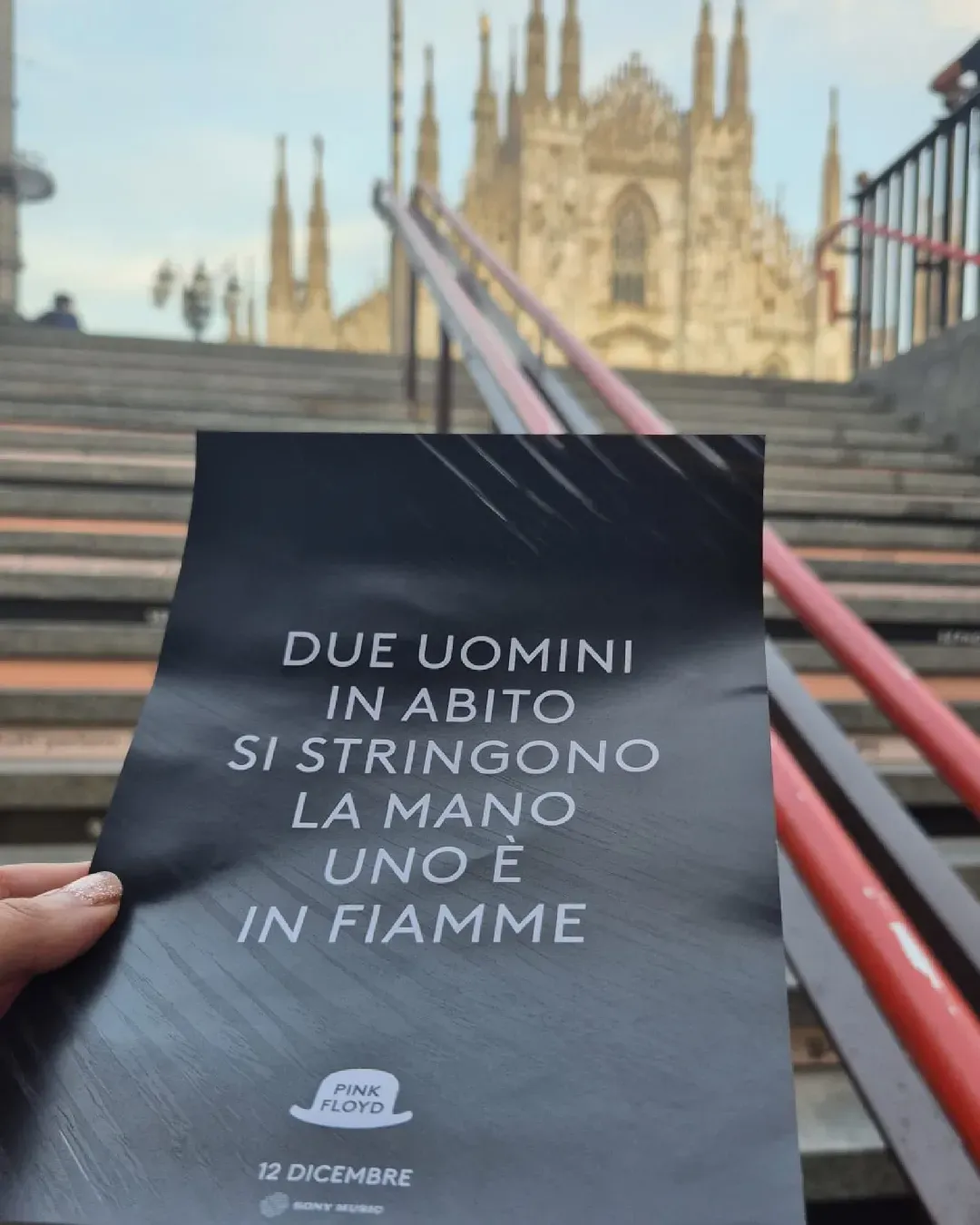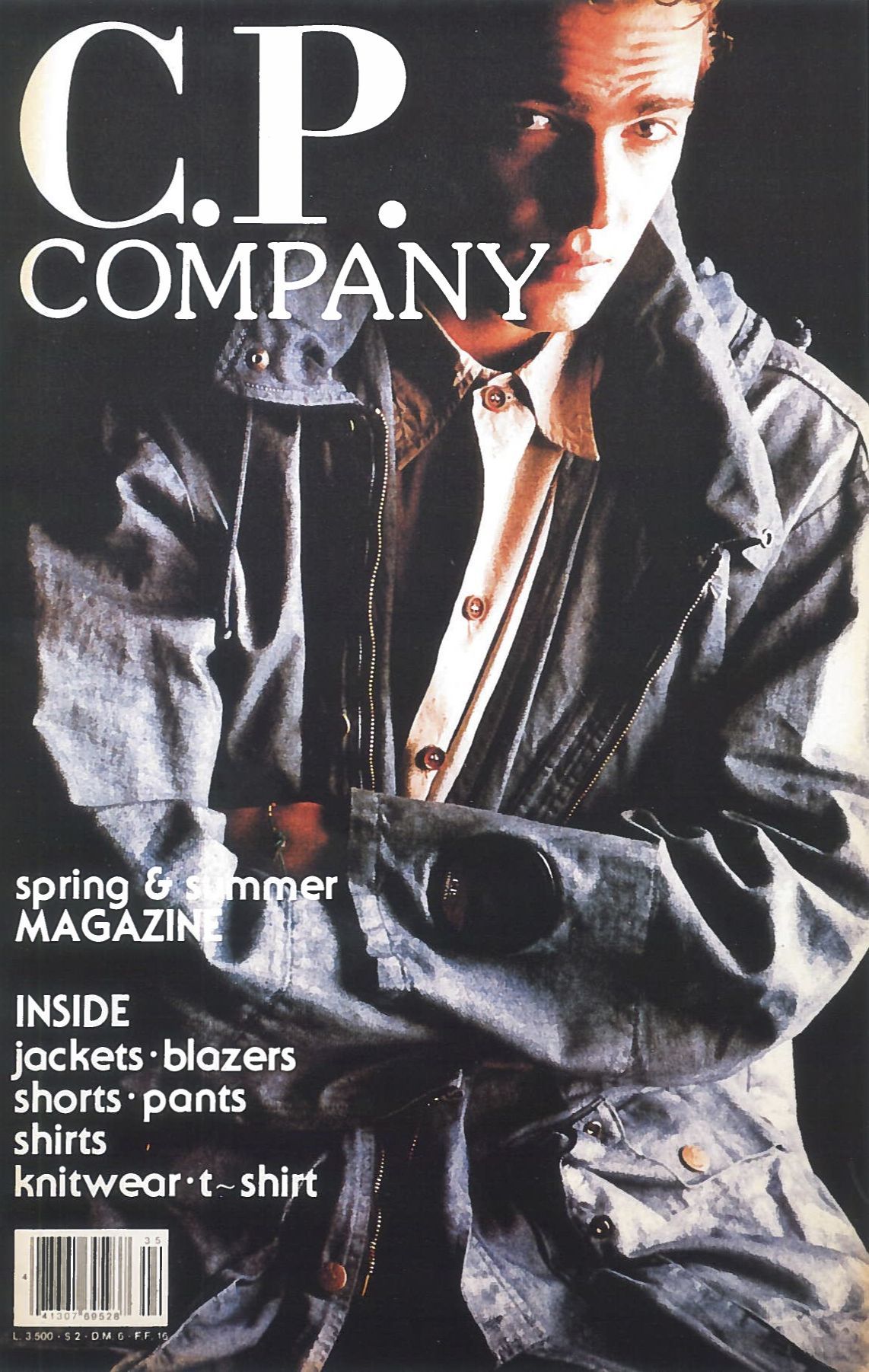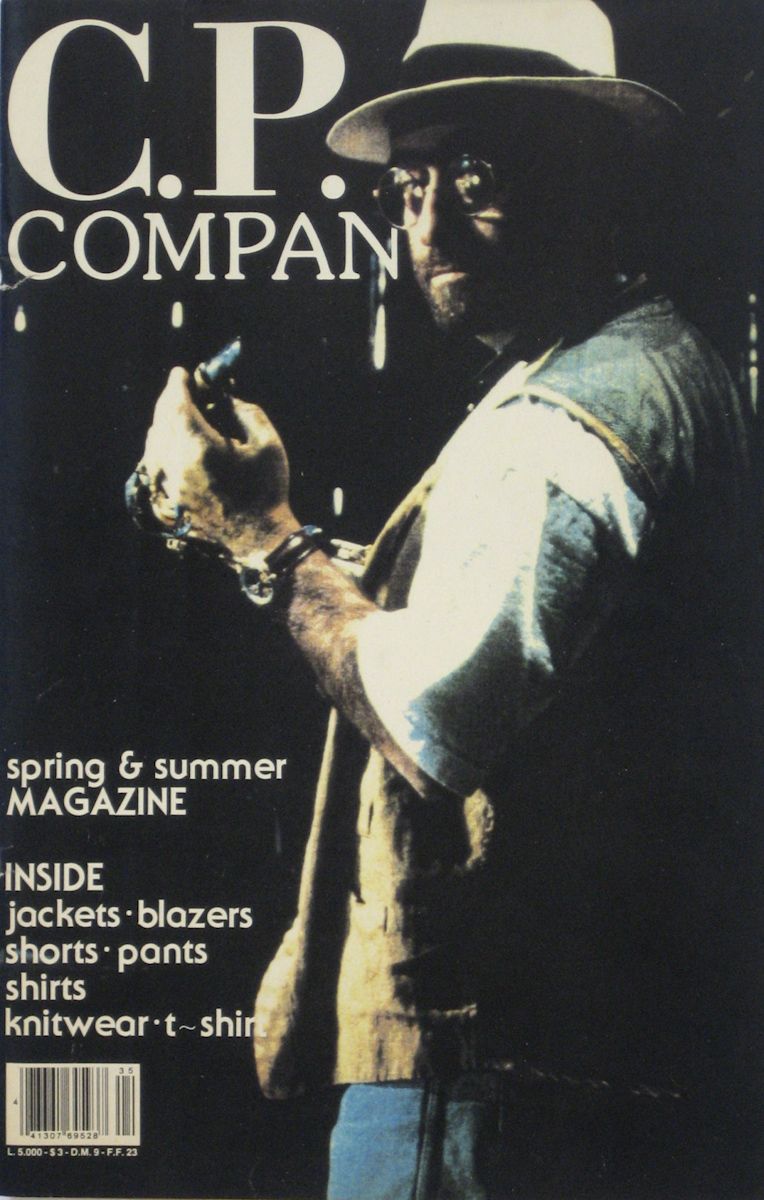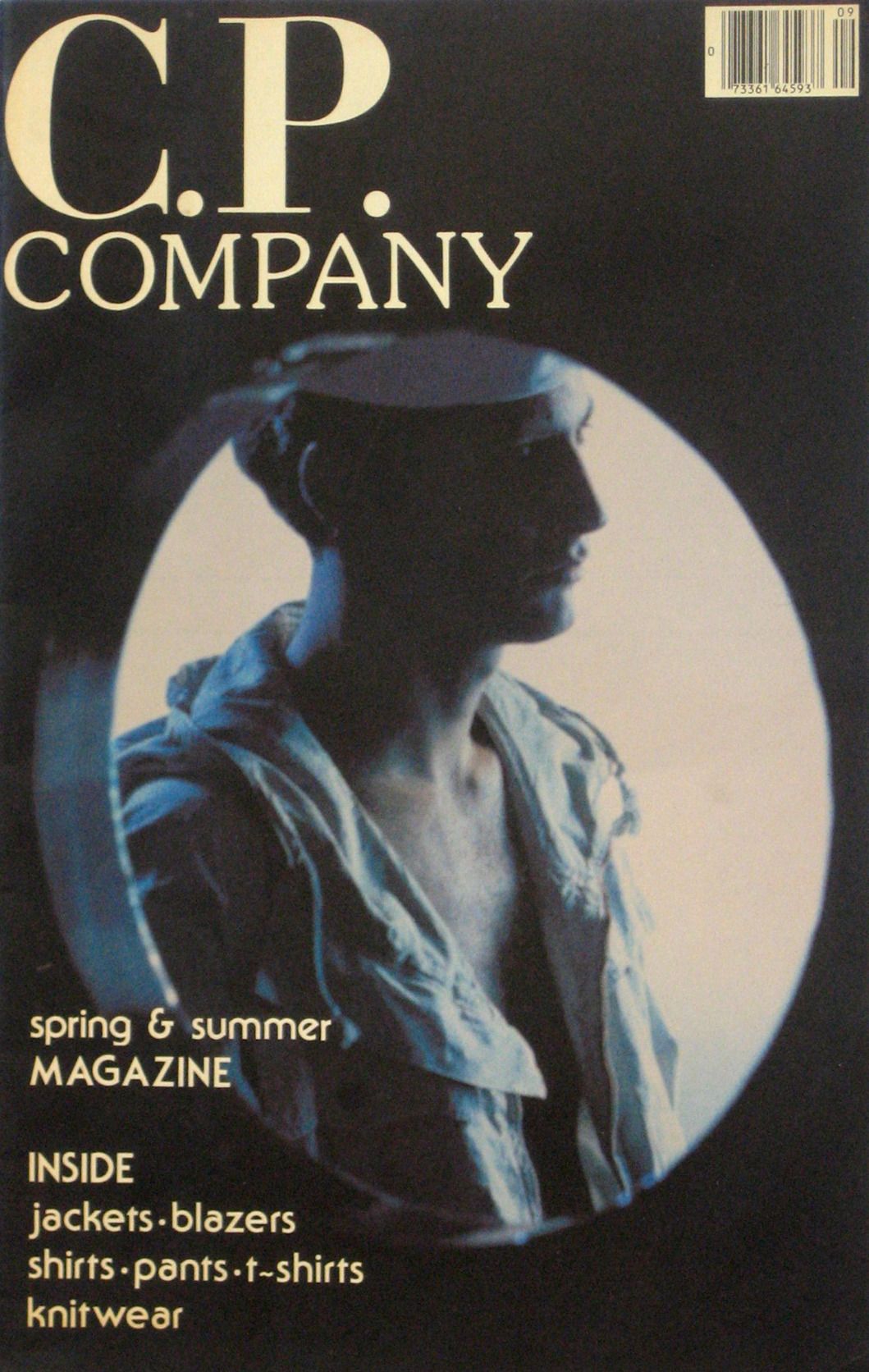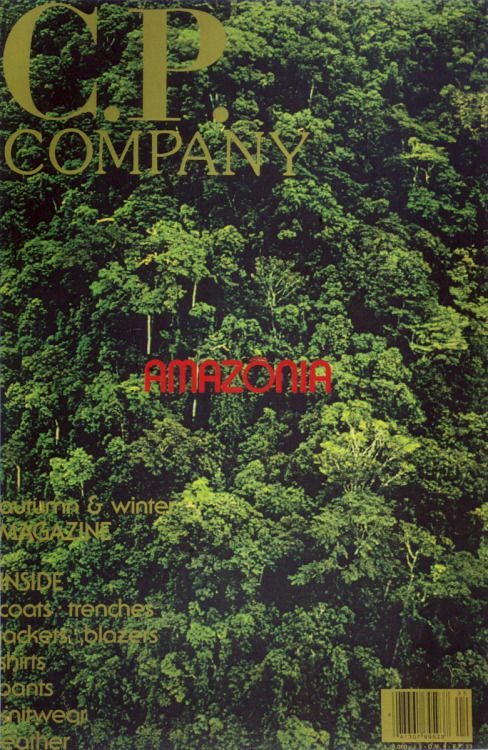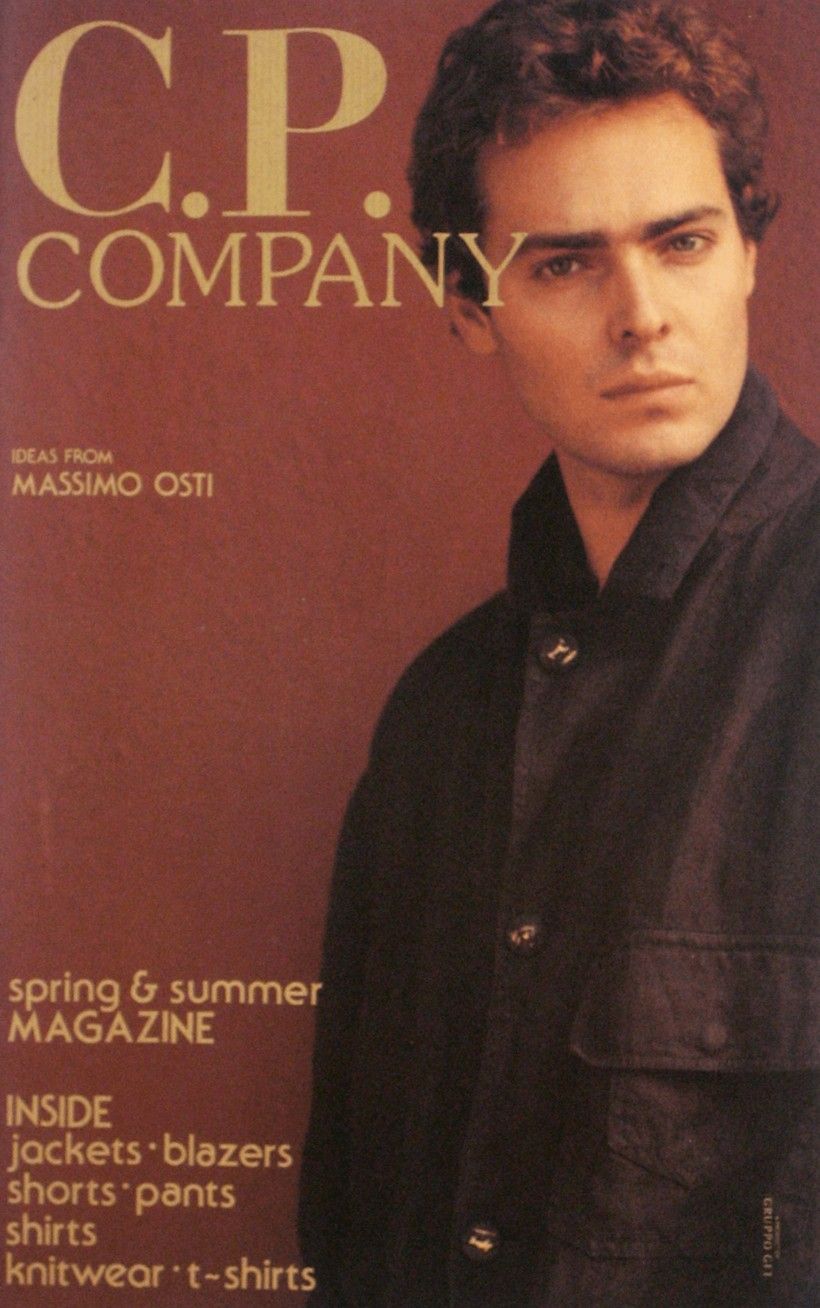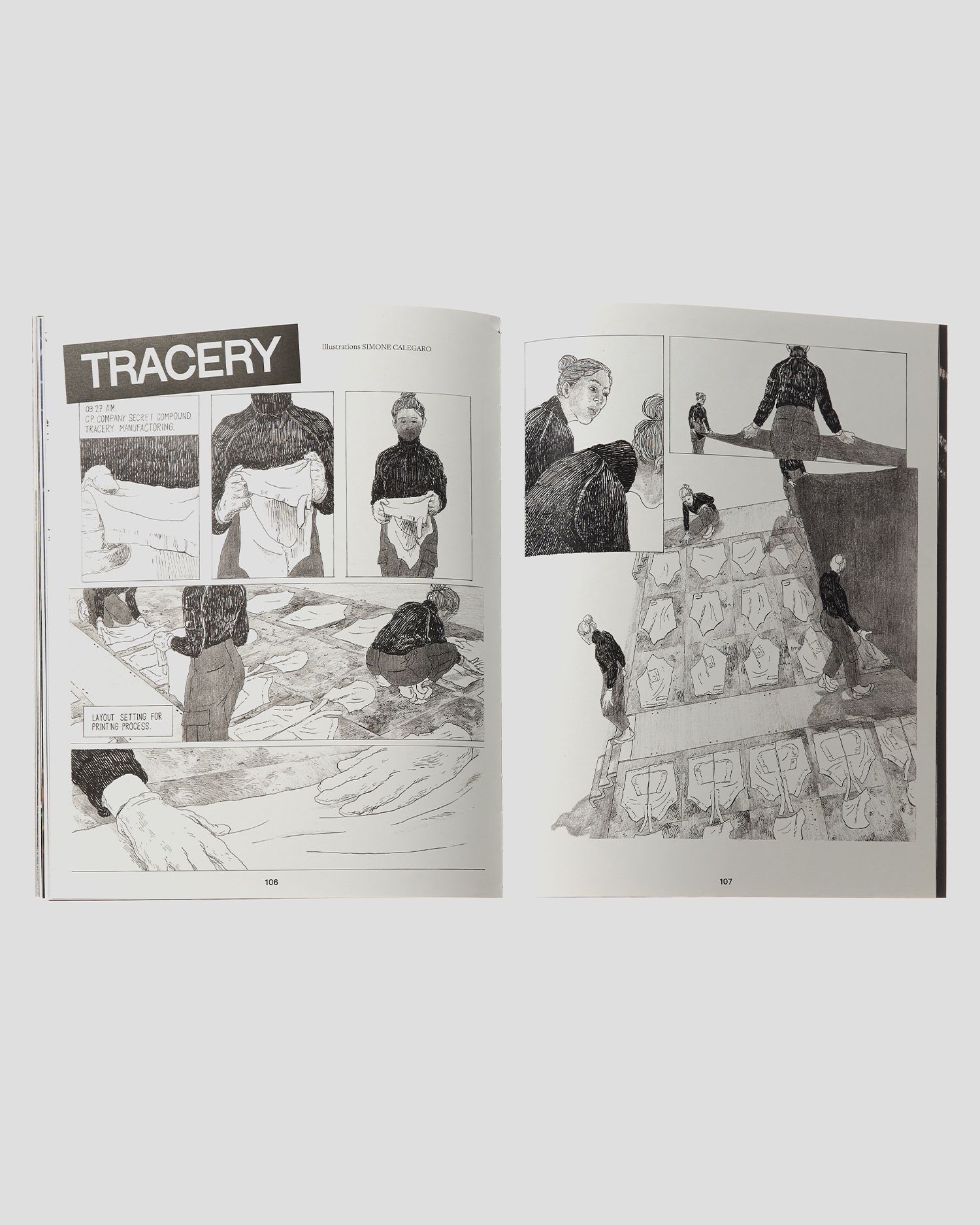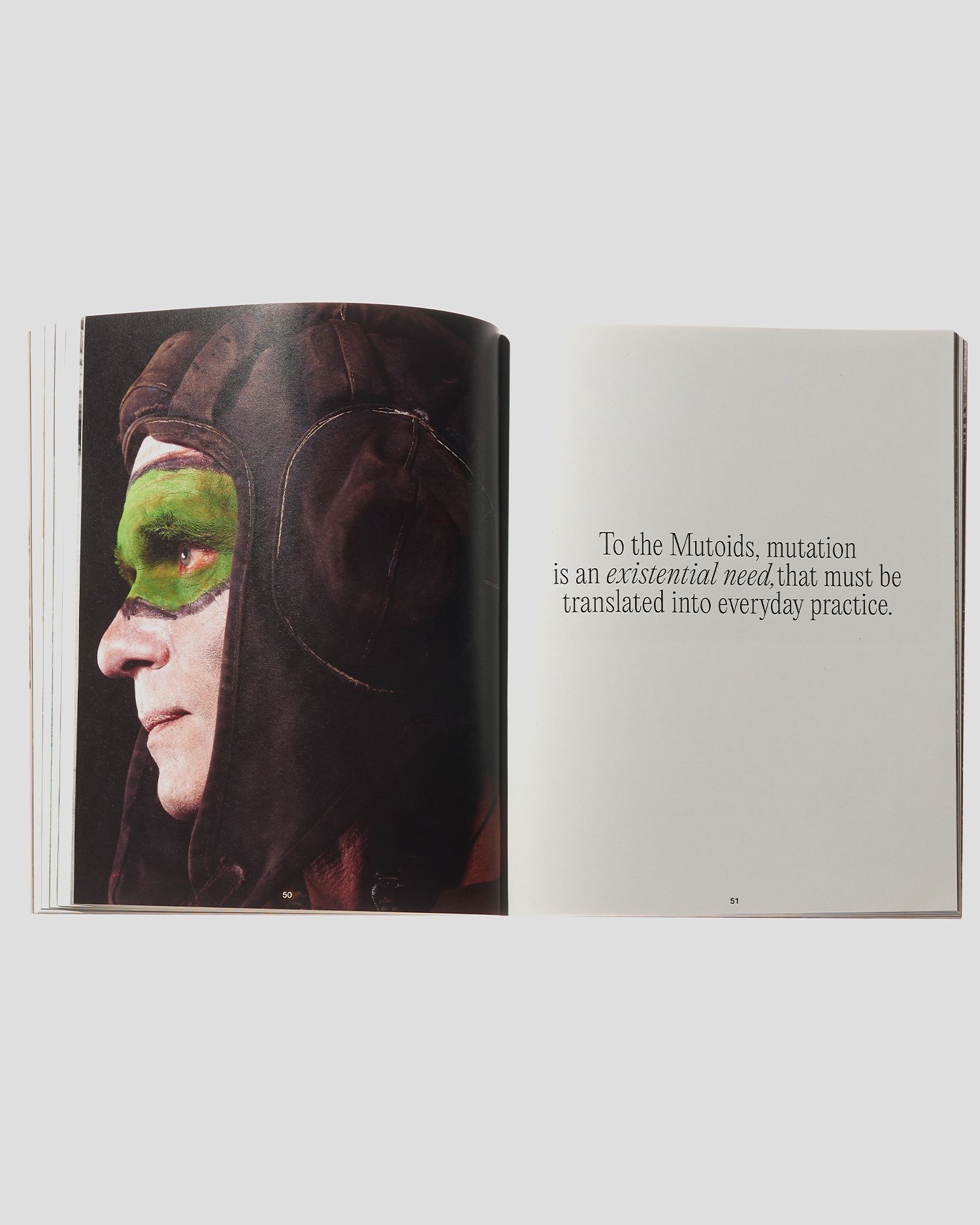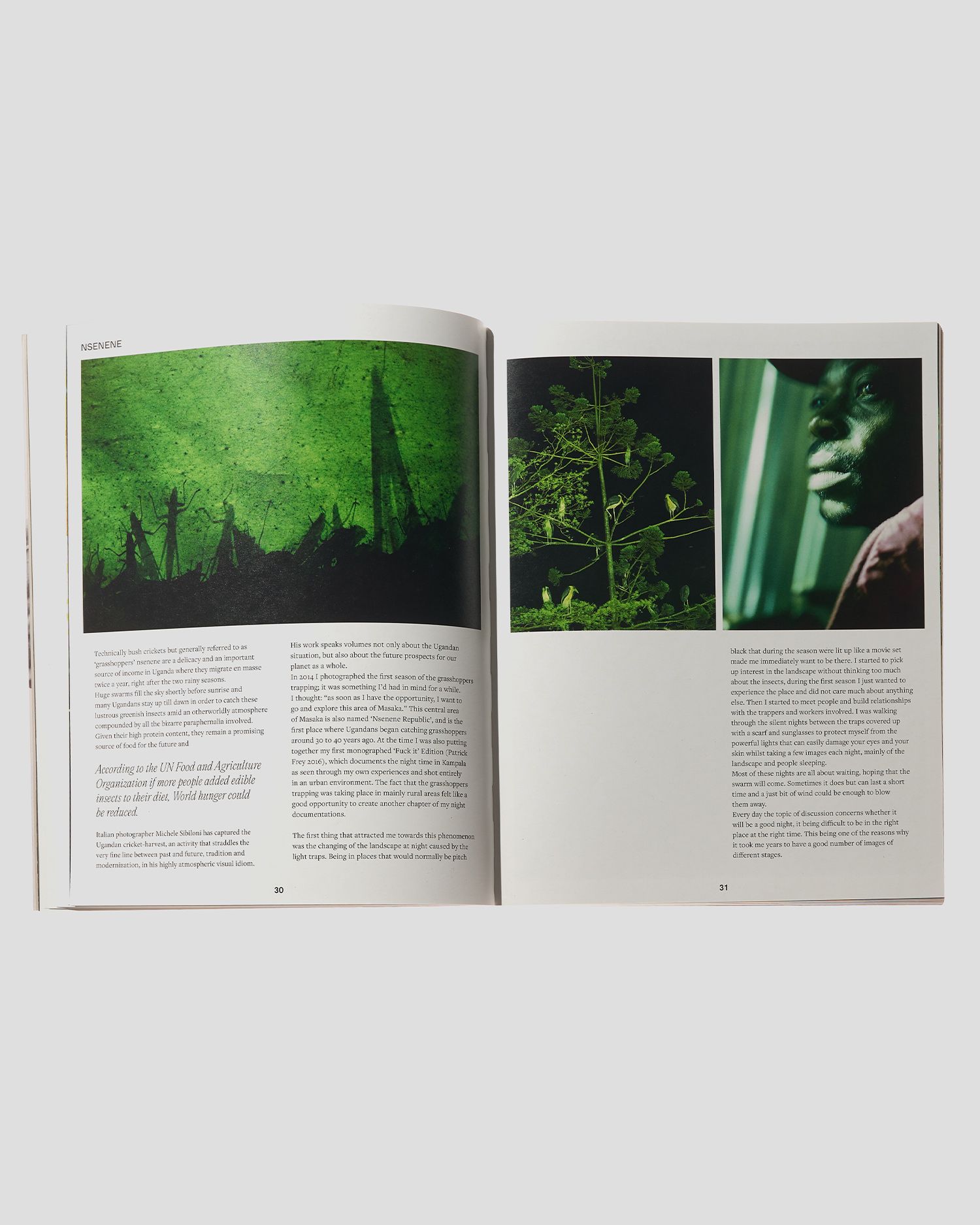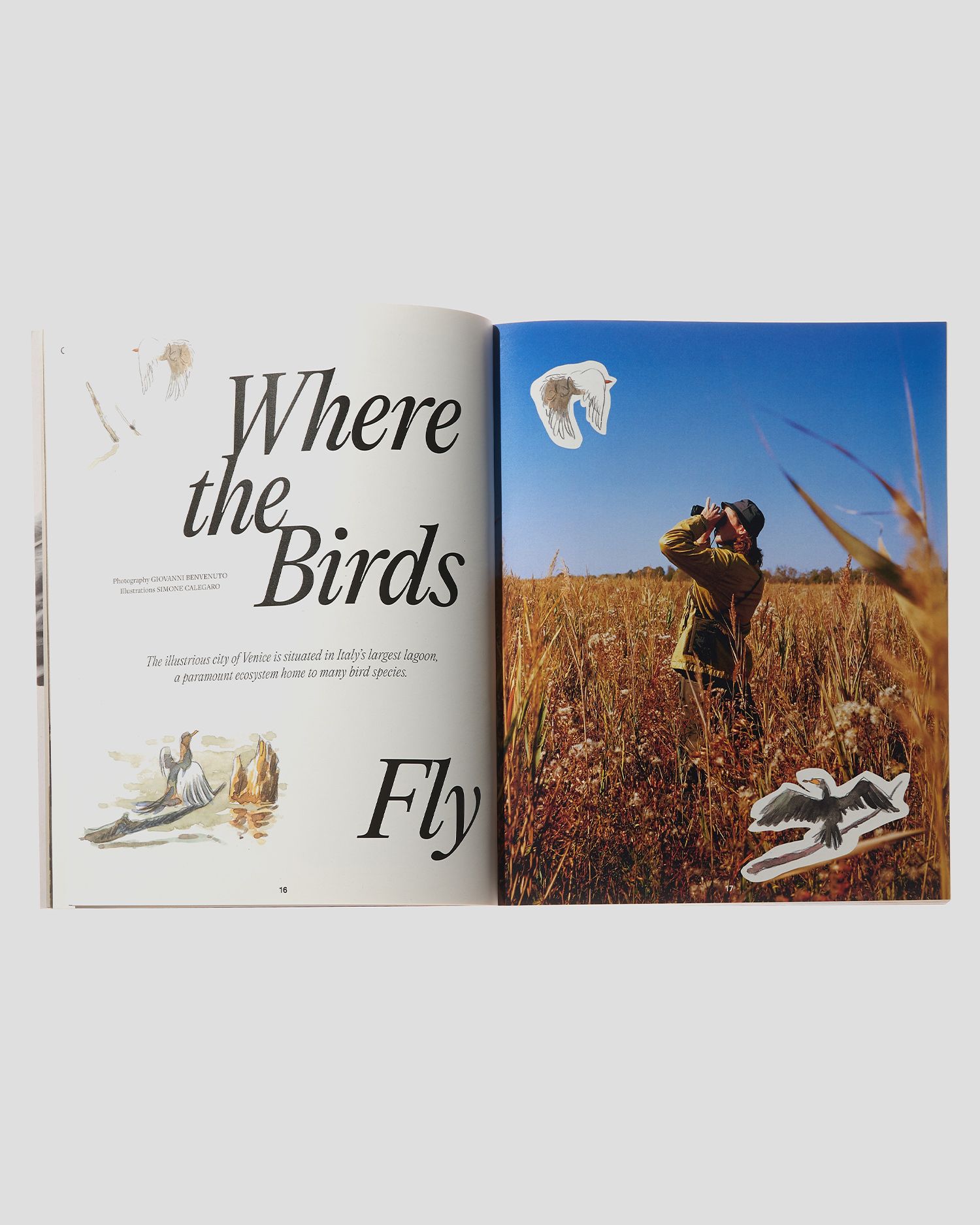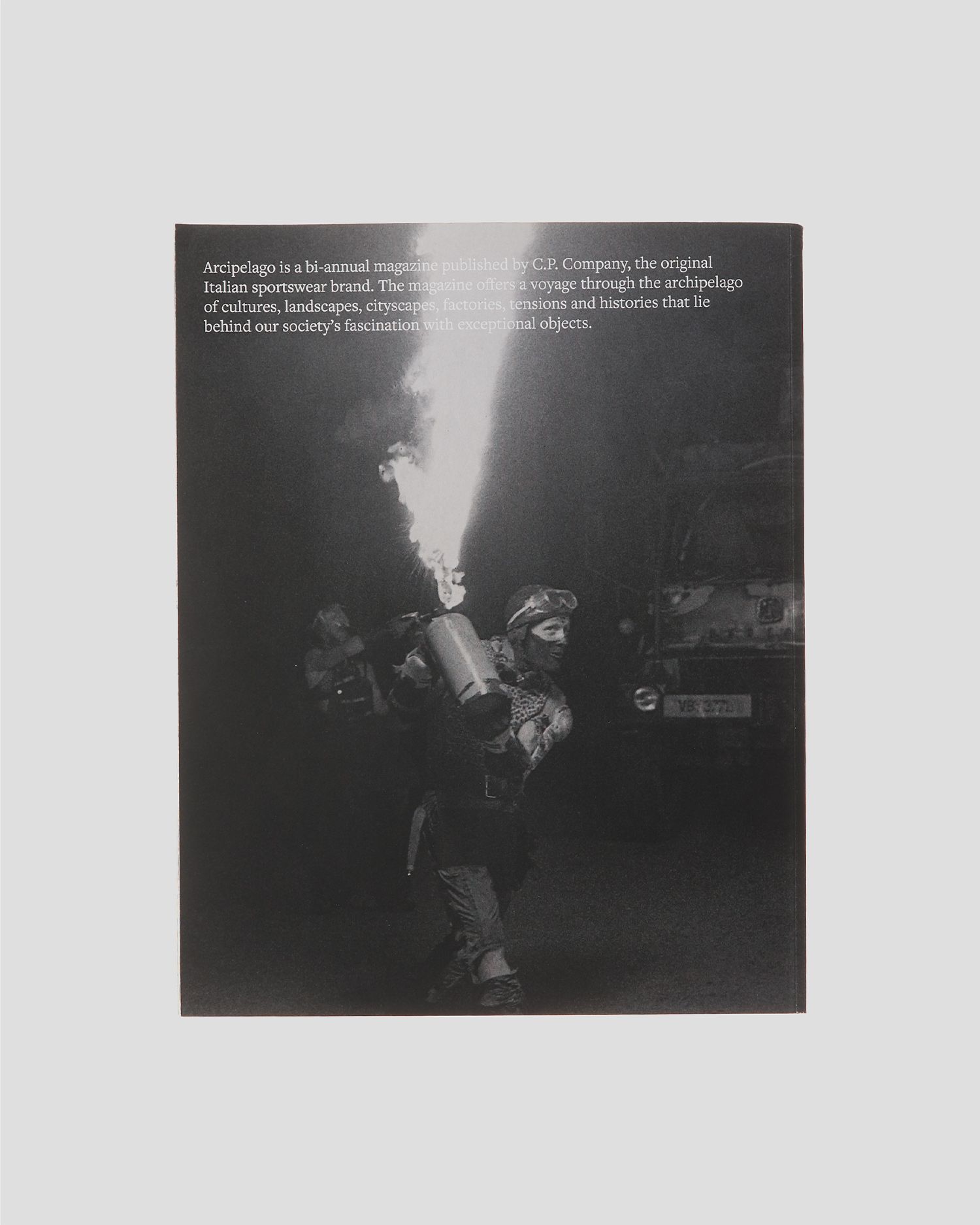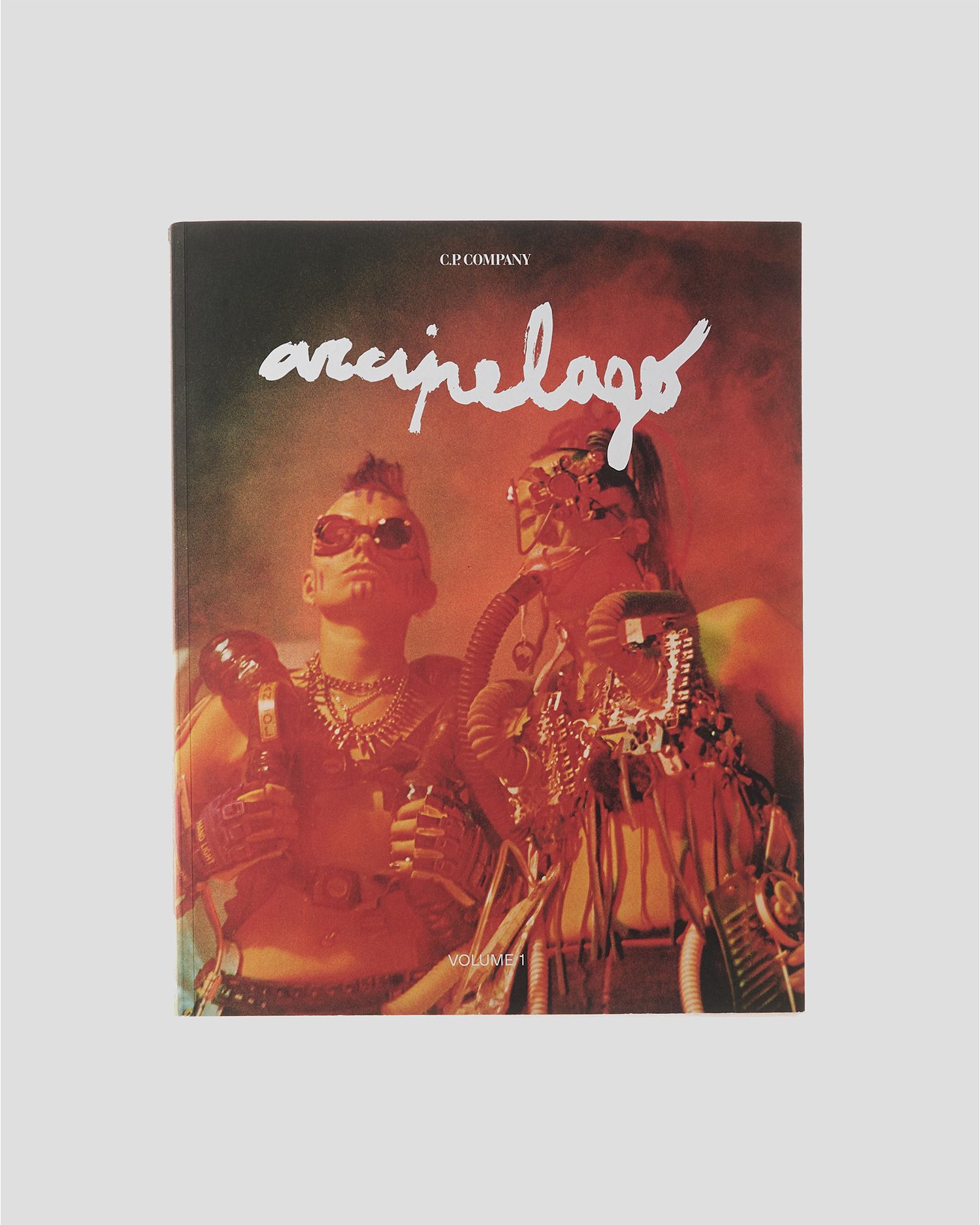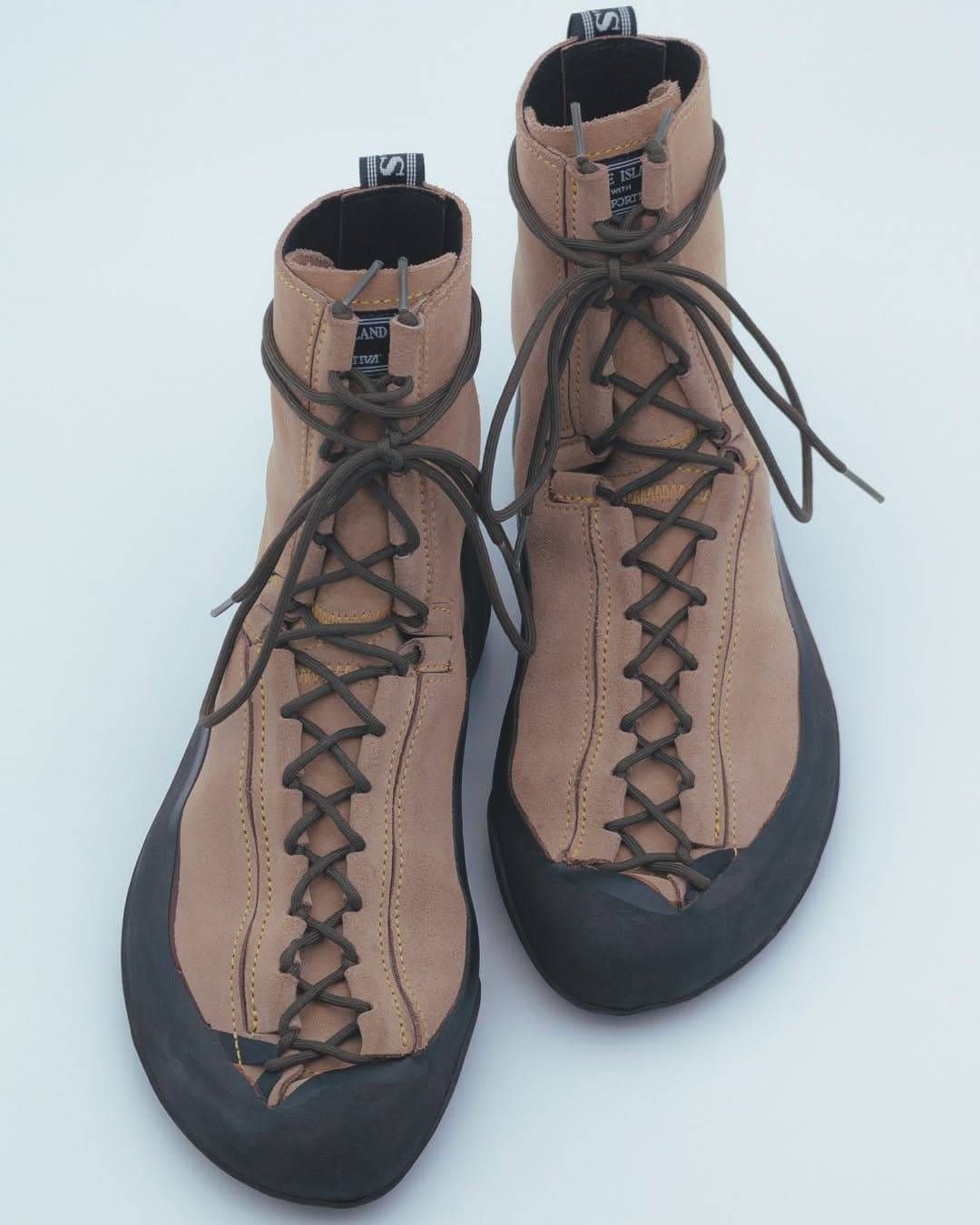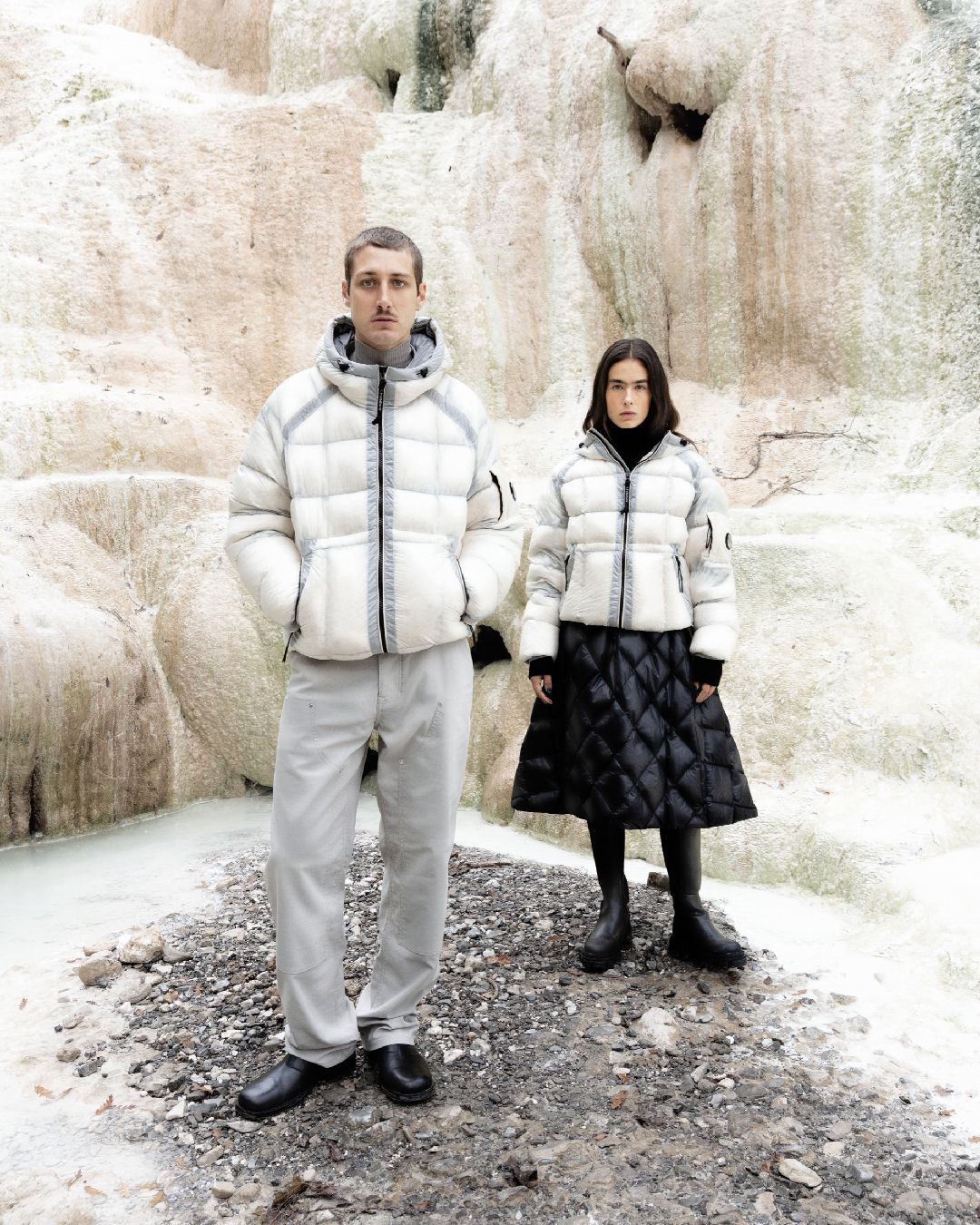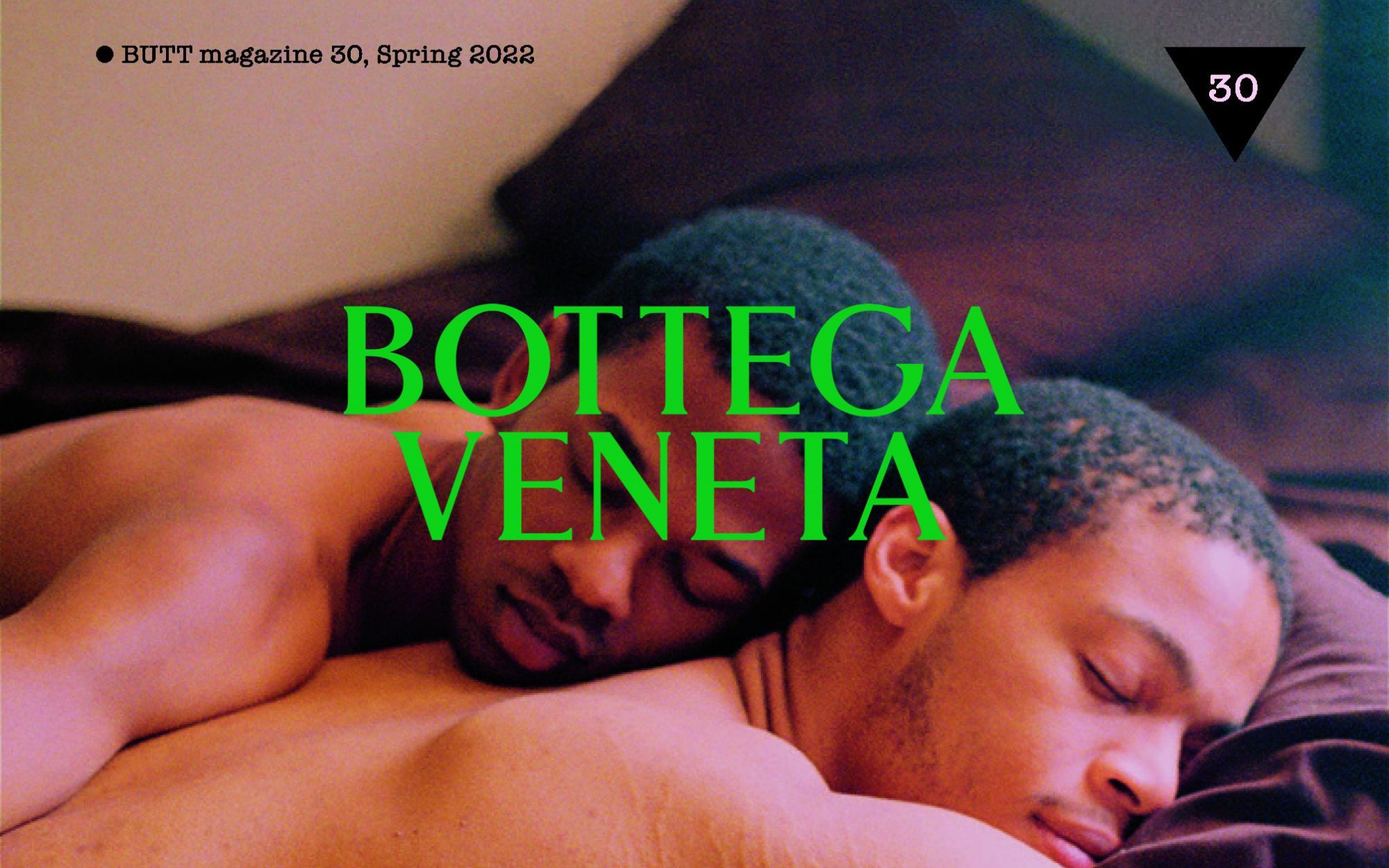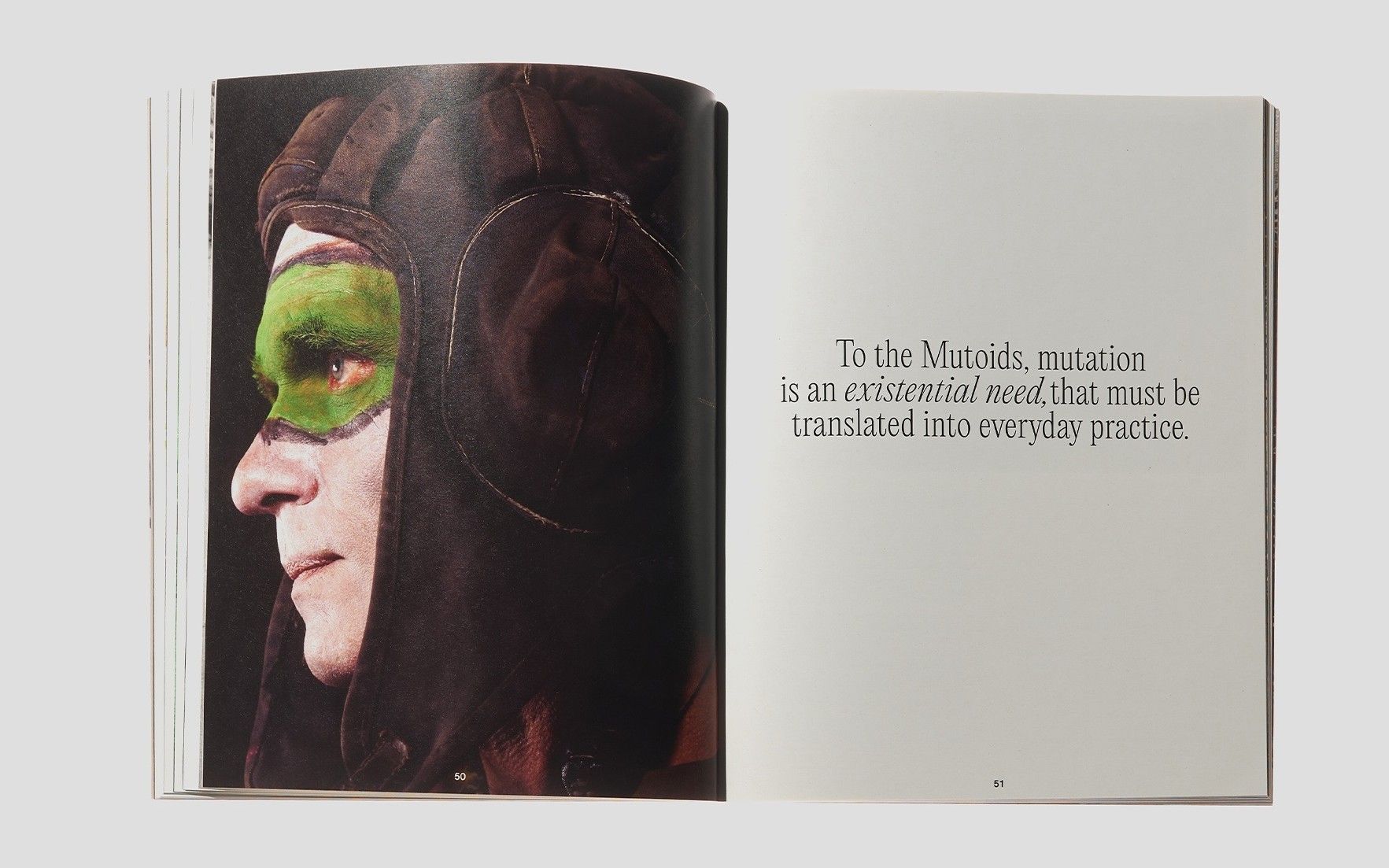
C.P. Company presents a new magazine called "Arcipelago" The revival of one of the cult publications of the 80s
Today, in the age of social media and huge marketing campaigns, we tend to forget when fashion marketing was less formalized and opened up to the creation of cultural products or tactics that we would find unusual today. One such tactic was C.P. Company Magazine, originally launched in 1985 by Massimo Osti and perhaps one of the most celebrated examples of branded journalism - understood as the phenomenon that led, in the last two decades of the last century and the early 2000s, to a flourishing of self-published magazines and publications by fashion brands. Today the practice has found a new strength: the hyper-digitalization of fashion marketing has once again underlined the cultural relevance of physical publishing as a method of creating a concrete and tangible value, as well as a collectible object. This is why C.P. Company, inspired by its magazine from the 80s, has announced a new venture in publishing: the six-monthly magazine Arcipelago. A new magazine that wants to be «a journey through the archipelago of cultures, landscapes, cityscapes, factories, tensions and stories that bring us back to the charm of our society also thanks to exceptional objects».
Today, the value of print, culture diffusion, creative collaboration and multiculturalism are as important as ever. And the fashion world has understood for a long time now that its role may begin with luxury but it doesn't have to end there - the cultural production of fashion can go much further, transforming brands into institutions and reservoirs of culture. This is precisely the reason for the foundation of Arcipelago, which, starting from the history of the brand itself, will expand its origins and ramifications. As explained by Lorenzo Osti, president of the brand and son of the legendary Massimo:
«The C.P. Company universe is an archipelago of small, fascinating islands of experimentation, design, research, but also of subcultures, points of tension in society, factories, the legacy of Bologna in the 70s and 80s and so on. These islands, like the islands of every archipelago, are in constant dialogue and exchange».
Originally, Osti's magazine was printed with a circulation of 50,000 copies and sold in three languages, Italian, English and Japanese. It had a different format from the magazines of the time, long and narrow, and a matt paper was used to create it, which created a very different feel from the glossy magazines with which it shared the newsstand shelves. The topics were different, too: in a world where fashion techwear and the world behind it tended to disappear under the refined editorials of traditional luxury, the original magazine was something radically new. Especially since, as the brand itself explained, «the idea of a marketing material that had to be purchased, instead of being freely distributed gives the printed object, already beautiful and prestigious, a further added value».





